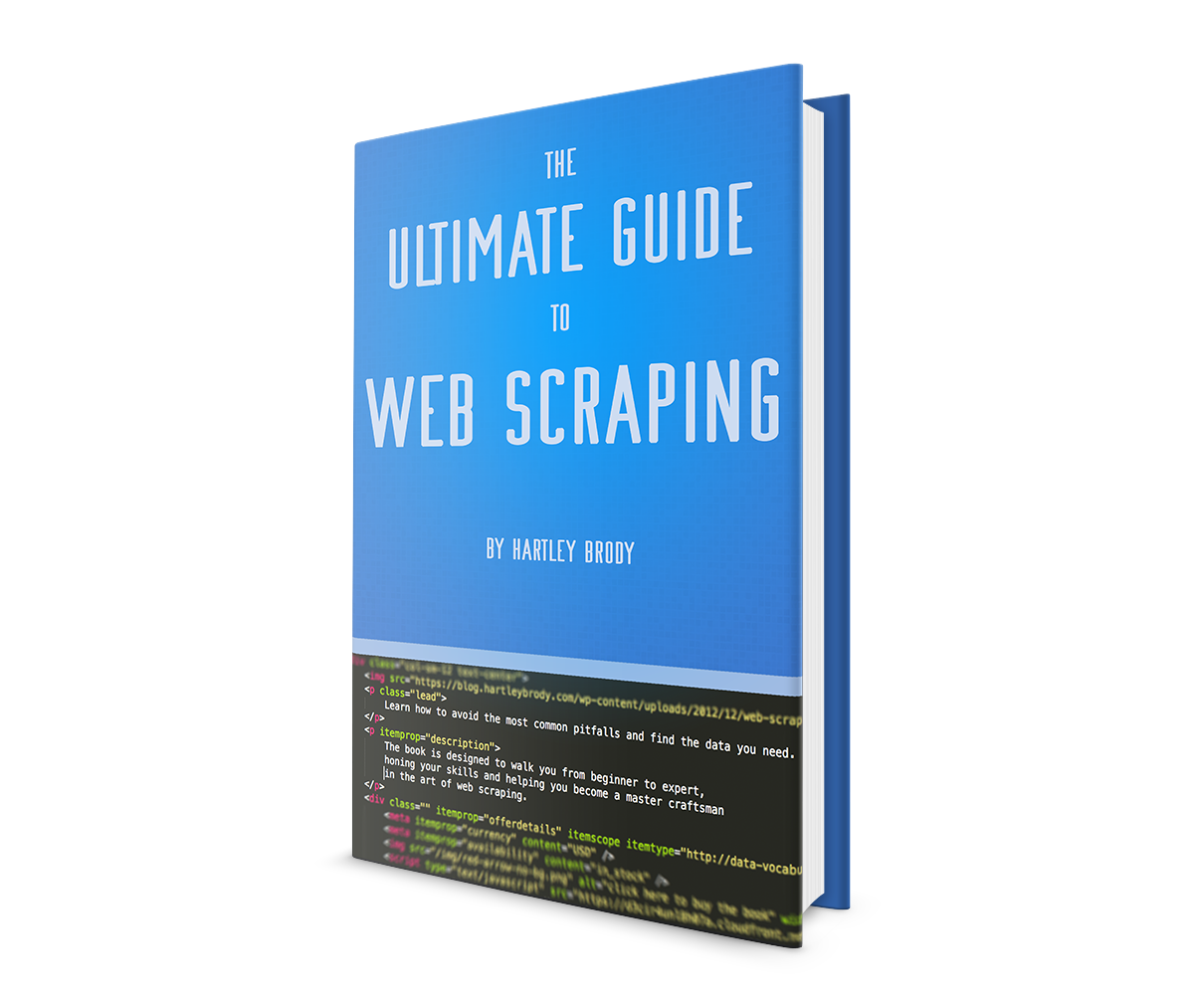Learning to be Choosy
One of the first emotional responses we must learn as children is how to handle disappointment and loss. Whether it’s learning to share a toy or coping with the loss of a family member, our formative years offer constant reminders that life doesn’t always work out how we want it.
Coming to terms with that is a huge part of growing up.

But I’m starting to see the other side of that coin.
As a young adult, I have the autonomy to be relentless in my pursuit of happiness. I don’t have to go to class. I don’t have to mow the lawn or do the dishes. There’s no systematic frustrations I must put up with or tribulations I must survive.
It is 100% up to me to make sure that I’m enjoying every single day. And if I’m not, it’s my own fault. The only constraint is that I provide for myself. Past that, I’m essentially unencumbered.


 Along with about 35 million other Americans, I’ve been watching the Olympics in primetime every night after work.
Along with about 35 million other Americans, I’ve been watching the Olympics in primetime every night after work. Yesterday, Sam and I met with a VC in a shiny new office building in downtown Cambridge.
Yesterday, Sam and I met with a VC in a shiny new office building in downtown Cambridge.